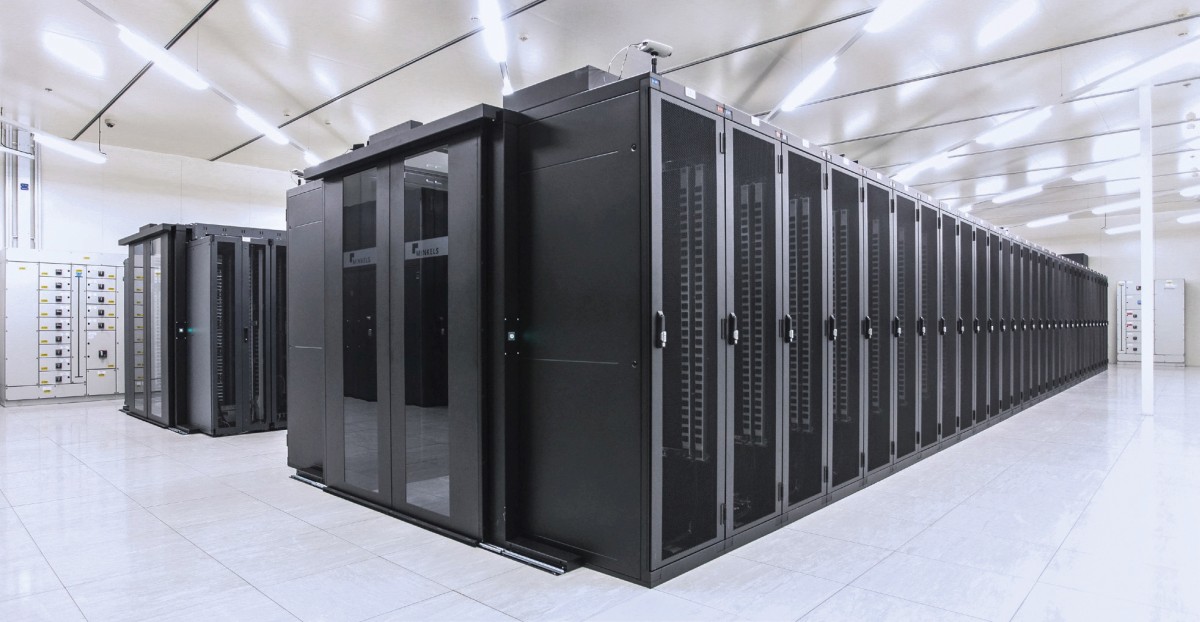
In the realm of technology, data centers are akin to the heart, constantly circulating vital information to keep businesses running smoothly. One element that cannot be understated by the many components involved is the data center power design. This design becomes particularly crucial during unexpected situations like power outages. An integral component of such designs is the emergency power generation systems, which ensure an uninterrupted flow of operations. Their pivotal role cannot be overstated, and that’s what we’ll discuss in this article.
Table of Contents
The Insurance of Data Centers: Backup Power Generating Systems
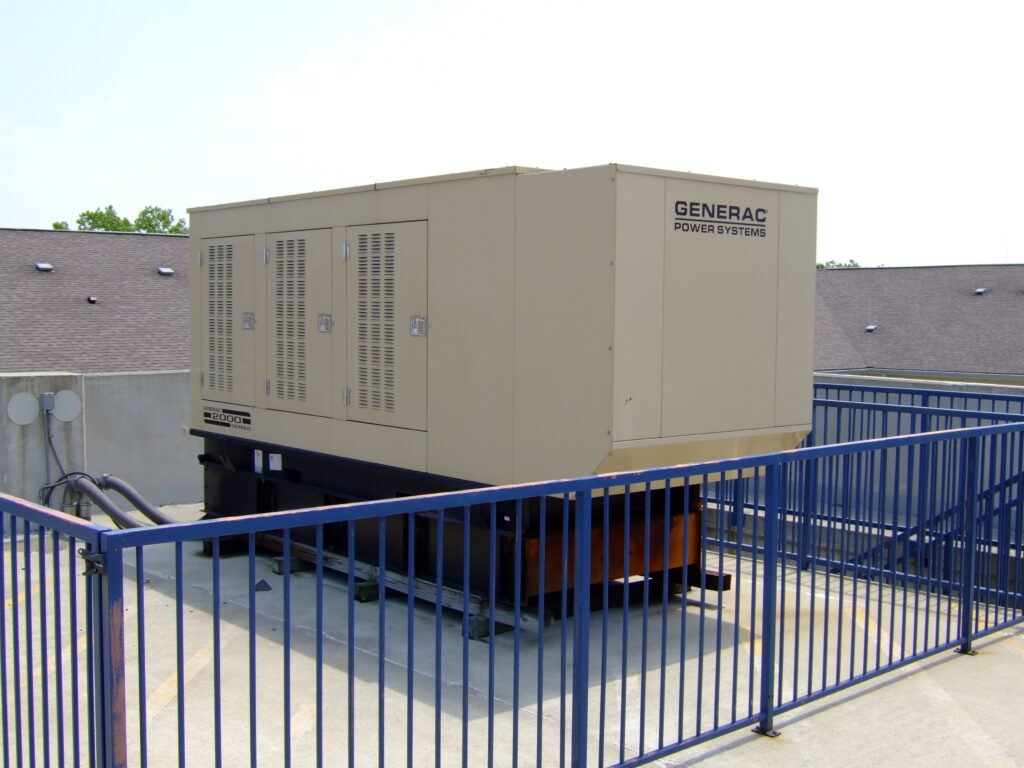
Source: en.wikipedia.org
Backup power generating systems, which are frequently in the form of Uninterruptible Power Supplies (UPS) or generators, serve to provide continuous power during power outages, protecting data integrity and preventing operational disturbances. According to a 2019 Ponemon Institute analysis, a data center outage costs around $740,357, demonstrating the enormous financial ramifications of even a brief disruption.
Designing for Efficiency: Balancing Power and Performance
Power backup systems are essentially data center insurance policies. A well-designed power backup solution reduces the likelihood of power outages, saving both time and money in the long term. Typically, the design incorporates UPS units, which offer quick power during an outage, and generators, which provide long-term power if the loss persists. Such systems are programmed to switch power sources immediately when an interruption is detected, thereby limiting any potential damage.
The Challenges of Backup Solutions: Energy Efficiency and Maintenance
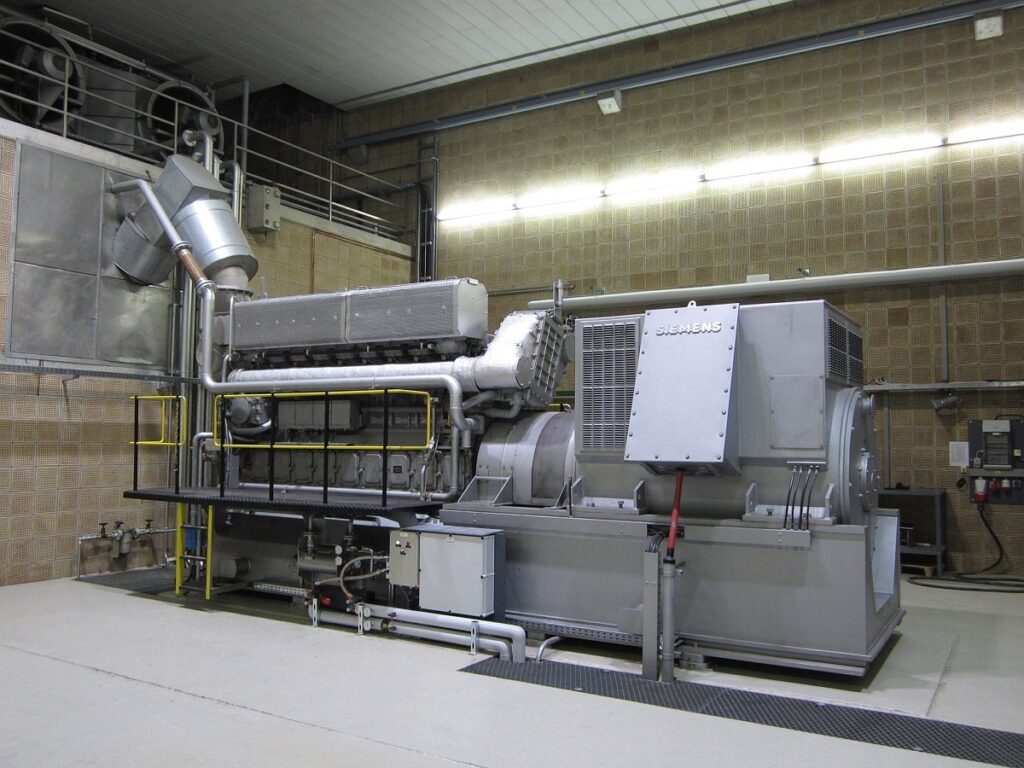
Source: en.wikipedia.org
Although these backup solutions are critical, they are not without difficulties. One of the most important is obtaining energy efficiency while maintaining high availability. According to the Uptime Institute, data centers utilize approximately 3% of total global electricity consumption. Striking a balance between continuous power supply and energy management is thus a significant design aspect. Furthermore, the upkeep of these systems is critical. Regular testing, system updates, and load-balancing checks are required to ensure optimal performance in emergency scenarios.
The Importance of Physical Layout in Data Center Power Design
The physical layout of the data center is also considered in data center power design. Significant variables include infrastructure, cable routing, cooling systems, and component accessibility. To sustain continuous operation, power distribution units and cooling equipment are just as important as backup generators. As a result, a fully resilient data center combines efficient power design with robust emergency power options.
Decentralization and Backup Power: The Role of Edge Computing
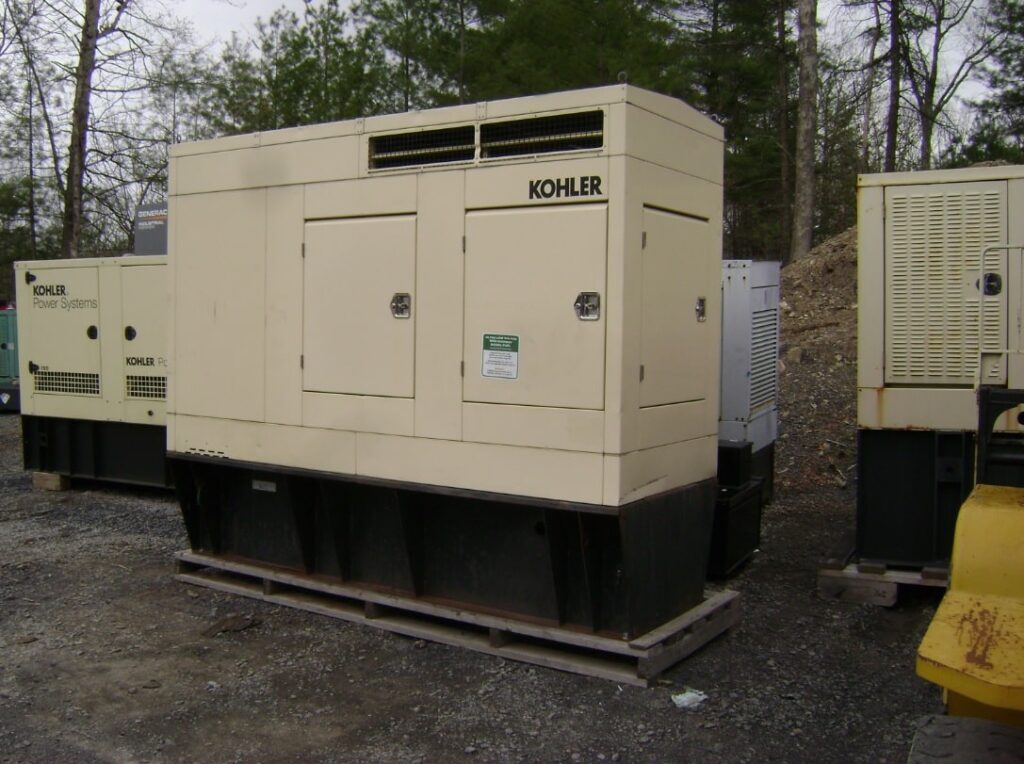
Source: woodstockpower.com
Another factor to consider is the potential for data center decentralization. With the rise of edge computing, data centers are transitioning from big, centralized facilities to smaller, geographically distributed ones. Because of this decentralization, backup power design faces new difficulties and opportunities. Smaller edge data centers, for example, may benefit from compact, efficient power solutions such as modular UPS systems or microgrid technology.
Industry Standards and Legal Compliance in Data Centers
Furthermore, data center operators must adhere to a variety of industry laws and standards, such as the ANSI/TIA-942 standard, which establishes criteria for the design of reliable and efficient power systems. Ensuring compliance with such standards is critical for fostering client trust and avoiding legal risks.
Technological Developments in Backup Power: Fuel Cells and Energy Storage
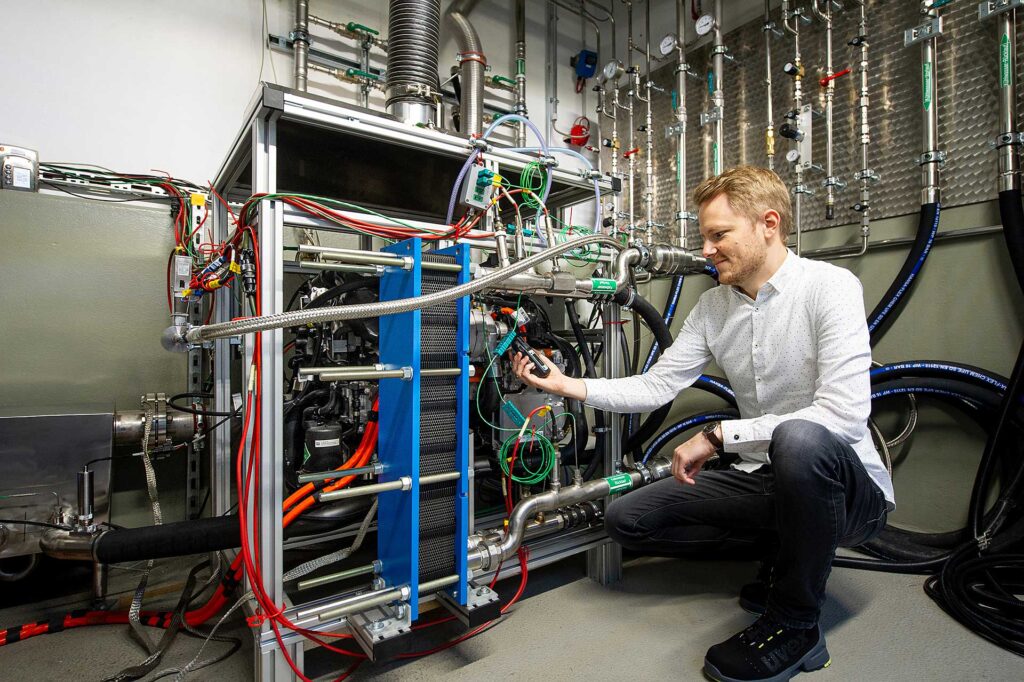
Source: mtu-solutions.com
Despite the limitations, technological developments are constantly improving backup power solutions. For example, fuel cell technology is a new trend that offers a cleaner and more efficient alternative to classic diesel generators. Energy storage solutions, such as lithium-ion batteries, are also becoming increasingly popular due to their longer life term and higher energy density.
Renewable Energy in Data Centers: Towards Sustainability and Cost-Effectiveness
In the continuously changing data center landscape, the relevance of renewable energy in backup power systems cannot be overstated. Renewable energy sources, such as solar and wind power, are growing more popular for a variety of reasons. For one thing, renewable sources are sustainable, lowering reliance on fossil fuels and, as a result, the carbon footprint of data centers. Furthermore, because the ‘fuel’ they consume is virtually free and abundant, renewable energy systems have the potential to offer significant cost reductions over time.
Digital Power Management: The Future of Data Center Energy
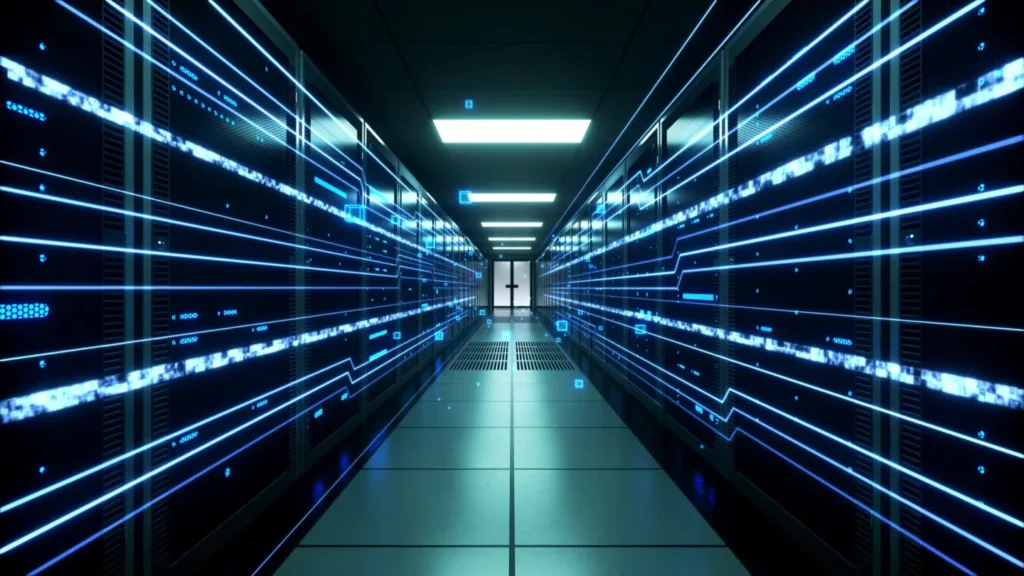
Source: hitachienergy.com
Furthermore, the digitization of power management systems is becoming more common. Real-time monitoring of energy usage, power supply health, and environmental conditions is possible thanks to sophisticated software systems. This computerized approach enables proactive issue detection and remediation, avoiding potential power outages. Machine learning algorithms can even forecast future power consumption patterns, allowing data center managers to optimize their energy policies.
Conclusion: Embracing the Future of Data Center Power Systems
Finally, the stability of backup power production systems is critical in the complicated world of data centers. They are the lifeblood during power outages, ensuring that businesses continue to operate and critical data is protected. As we move forward, it is critical to embrace technology improvements such as renewable energy and digital power management, which improve data center resilience. Finally, a strong and efficient data center power architecture is more than a corporate asset; it is a requirement for a secure and sustainable digital future.







